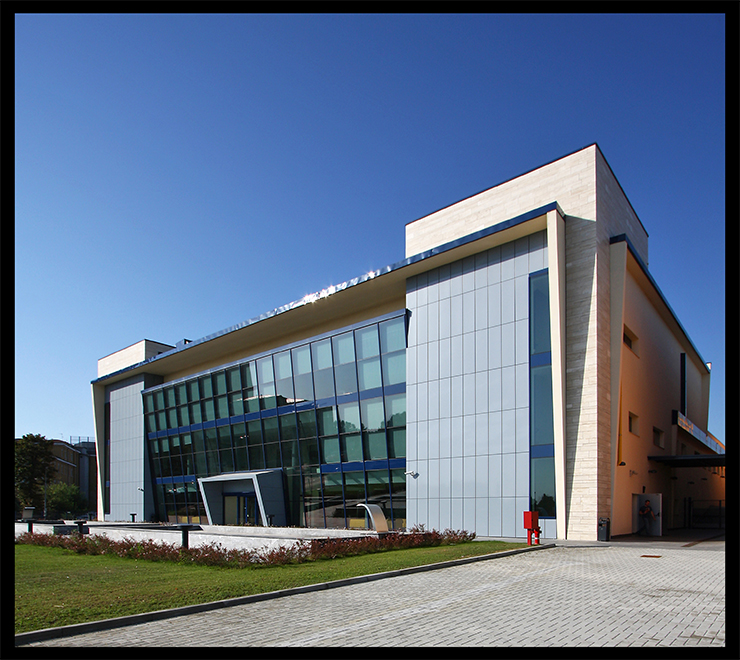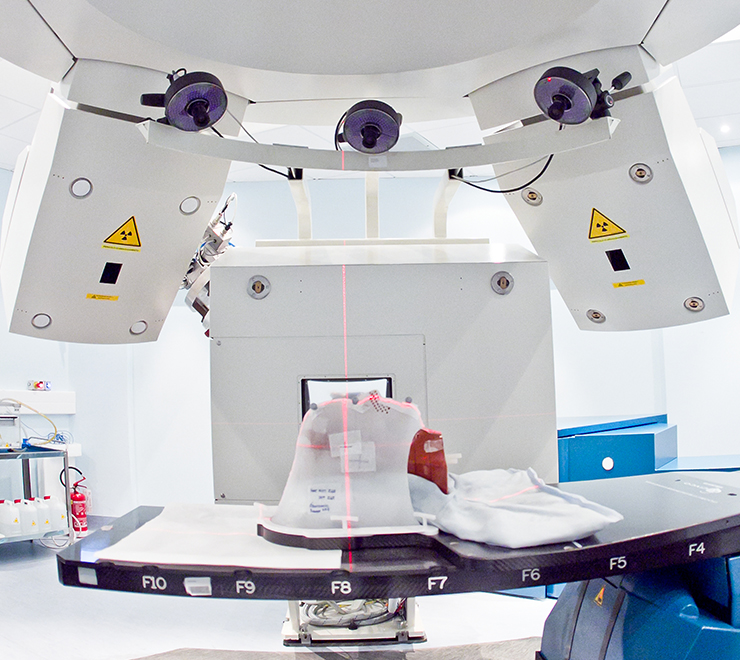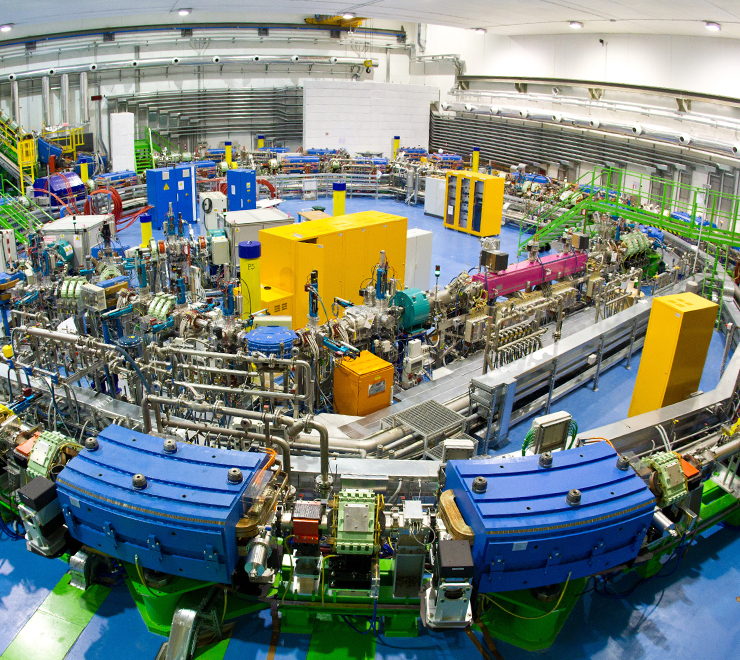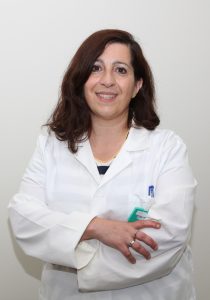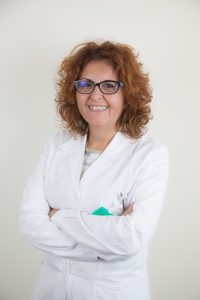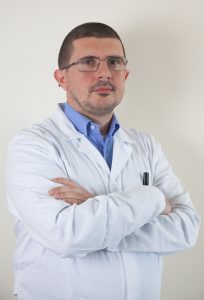CNAO – National Centre for Oncological Hadrontherapy
CNAO (National Centre for Oncological Hadrontherapy) is an innovative and technologically advanced clinical facility, established by the Italian Ministry of Health with Law n° 388 of December 23, 2000, for treating radio-resistant or inoperable tumors with carbon ions and protons.
Head and Neck rare tumours
Tumours that affect less than 6 in every 100,000 people each year are considered ‘rare’. It is estimated that in Italy there are approximately 89,000 diagnoses of rare cancers each year and that 900,000 people live with a rare cancer.
Caring for individuals with rare cancers always requires a multidisciplinary/multi-professional approach.
Hadrontherapy is an advance solution for cancer care. The ion beam hits only the tumour reducing considerable side effects of traditional radiotherapy: CNAO is equipped with a very high-precision computerized system, to direct the “ray” only on sick tissues.
Hadrontherapy is indicated in particular for the treatment of clinical cases resistant to X-ray radiotherapy and inoperable rare tumours such as ocular melanomas bone and soft tissue sarcomas, adenoid cystic carcinomas of the salivary glands, chondrosarcomas, chordomas and meningiomas.
CNAO has been selected for its experience gained in the treatment of rare tumours of the head and neck region and bone and soft tissue sarcomas and joined EURACAN (European Rare Adult Cancers Network).
Ocular melanoma
The treatment of ocular melanomas depends on a number of factors such as the location of the tumour, the stage of the malignancy, and the patient’s condition. It is not uncommon that the treatment includes more than one therapeutic option.
Surgery is nowadays a less spread choice than it was in the past, while radiotherapy is a treatment that is often used thanks to its ability to destroy cancer cells with extreme precision, limiting any damage to vision.
Hadrontherapy with protons has gained wide acceptance in the scientific community since it has been shown that therapeutic results are comparable to those obtained with enucleation. The local control with conservation of the organ is the most important objective of the treatment with protons.
The use of proton therapy to treat ocular melanomas is based on the possibility of dispensing a healing dose to the tumour while sparing surrounding tissues. The results in terms of disease control, available in clinical literature, have shown a clear superiority of this technique compared to the conventional forms of photon radiation therapies.
Chordomas and Sarcomas
Chordomas are neoplasms that develop at the level of the spine from the residual notochord, the embryonic structure that regresses in size during skeletal development. If this regression does not happen, the notochord cells mutate and become malignant, forming a chordoma.
The treatment of chordomas is assessed according to the nature, location and extent of the tumour, and the patient’s general medical condition.
In these particular tumours, total resection is often difficult; besides, these tumours are often highly radio-resistant. That is why proton hadrontherapy is one of the most effective treatments since it reduces side effects and damage to nearby healthy tissues.
Moreover, it should be noted that chordomas have been among the first neoplasms to be treated using hadrontherapy.
Sarcomas originate in connective tissues, that is to say, the tissues in charge of supporting the body, and can, therefore, affect muscles, bones, cartilage, tendons, deep skin layers, blood vessels and adipose tissue.
Since these are rare diseases, the patient diagnosed with sarcoma should be evaluated and treated at the National Reference Centres with proven experience in this field.
Sarcomas are always treated with a multidisciplinary and comprehensive approach, involving the joint work of different specialists such oncologists, surgeons and radiotherapists.
Surgery is considered to be the main option to treat sarcomas so that a total removal of the tumour is achieved ‘with wide margins’. When the surgeon evaluates that the neoplasm is not operable in a conservative way, hadrontherapy with protons or carbon ions can be a valid alternative to X-ray radiotherapy. In fact, a very high dose of rays can be irradiate that is not so harmful to the surrounding tissues.
Hadrontherapy can also play a role before surgery (neoadjuvant intent) or after surgery (adjuvant intent).
At CNAO, we treat the following cases with hadrontherapy:
- Head and neck sarcomas
- Torso sarcomas
- Abdomen sarcomas
- Pelvis sarcomas
- Limb sarcomas (only selected cases)
fondazionecnao.it
Head and neck rare tumours
Ocular melanoma
Chordomas and Sarcomas
ORGANIZATION FIGURES
| RESIDENT DOCTORS | 17 |
| IN-HOUSE NURSES | 5 |
| FULL TIME STAFF | 147 |
| YEARLY PATIENTS | 500 |
OPENING HOURS
| Monday – Friday | 8:00 – 18:00 |
+39 0382 078306
ADDRESS
Strada Campeggi, 53 27100 Pavia – Italy
SOCIAL
CONTACT OUR INTERNATIONAL DEPARTMENT
CNAO has high standards of excellence for the diagnosis of tumor. The Center delivers high quality performance thanks to the expertise of the medical and technical staff and of technologically advanced machinery.
OUR PATIENTS SAY
The stories of our patients are very important and help to foster knowledge and increase trust in an innovative treatment such as hadrontherapy.
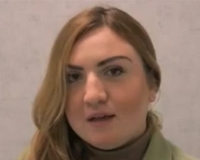
“Affected by an adeno-cystic carcinoma. Hadrontherapy allowed her to avoid facial mutilation.”

“Affected by a tumor of the parotid gland. Hadronthery avoid her damages to her face.”
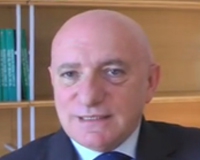
”At CNAO I never felt alone. I was followed from the beginning to the end of the treatment.”




